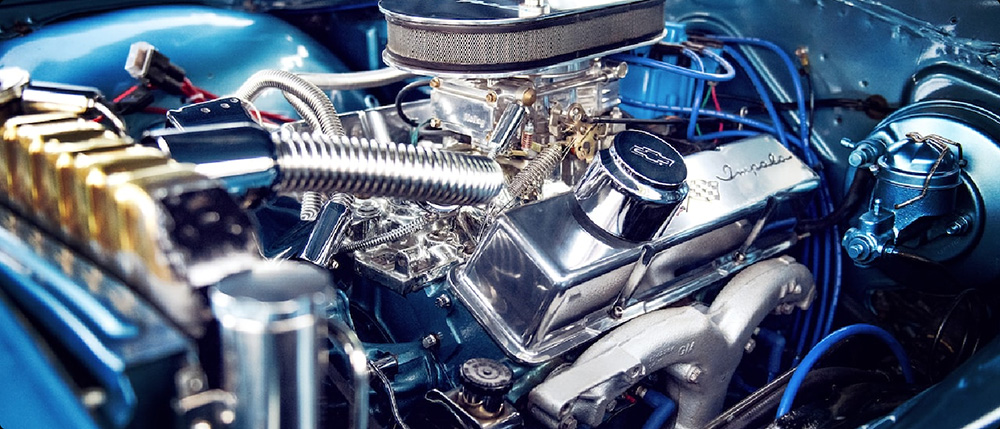Imagine this: you’re tinkering with a microcontroller, feeling the thrill of bringing a robotic arm or a smart gadget to life. That's where Arduino servo motors step in—the unsung heroes of DIY automation, hobbyist projects, and even some serious prototype builds. They’re tiny, precise, and surprisingly powerful for their size. But what makes them so compelling?

First off, let’s talk about control. Using Arduino boards, you can program these servo motors to rotate at specific angles, hold steady, or move dynamically. It’s like giving your project a simple brain—tell it to turn 90 degrees, and boom, that’s exactly what it does. This predictability makes engineering projects more straightforward—and more fun.
The versatility is huge. Want a robot arm that picks up objects? Or maybe a model car with real steering? These servo motors fit right in. Their small size means you can embed them into compact spaces, yet they pack enough torque to handle lightweight to moderate loads. What’s interesting is how they respond to pulses—send a signal, and they interpret that with impressive accuracy. That kind of responsiveness opens up endless possibilities.
One common question: are all servo motors created equal? Not quite. There’s a range—some are standard, others are high-torque. Power ratings, rotation limits, and speed vary, so matching the right servo to the project is key. KPOWER, for example, offers a well-rounded selection suitable for beginners up to advanced enthusiasts. They’re reliable and easy to integrate, which is vital if you’re trying to build something that works consistently without a lot of fuss.
Now, ponder this. How does one get started? Well, it’s pretty straightforward. Connect the servo to your Arduino, upload a simple sketch, and observe it in action. For those who want to step up their game, adding sensors can make projects more responsive—like a camera that pans automatically or a robotic pet that reacts to stimuli. The beauty of these servos lies in their simplicity coupled with the potential for complex behavior.
Plus, there’s the cool factor. Think about home automation projects—automatic curtains, smart lockers, or even interactive art installations. Servo motors breathe life into inanimate objects, adding motion and interactivity. That spark of creativity makes the entire process incredibly satisfying. Moreover, with the right control algorithms, you can achieve fluid, lifelike movements, transforming a basic arm into a convincing robot.
What if something goes wrong? Not to worry. These motors often come with feedback mechanisms or easy-to-diagnose issues like jittering or lack of response. Usually, it’s just a matter of calibrating or adjusting the power supply.
In a nutshell, if you’re into DIY tech projects or prototype development, Arduino servo motors are an invaluable tool. They seamlessly blend ease of use with widespread adaptability, giving you a reliable platform to turn your ideas into motion. No matter if you’re a newbie or a seasoned builder, these little motors can unlock a world of possibilities that are just waiting to be explored.
Established in 2005, Kpower has been dedicated to a professional compact motion unit manufacturer, headquartered in Dongguan, Guangdong Province, China. Leveraging innovations in modular drive technology, Kpower integrates high-performance motors, precision reducers, and multi-protocol control systems to provide efficient and customized smart drive system solutions. Kpower has delivered professional drive system solutions to over 500 enterprise clients globally with products covering various fields such as Smart Home Systems, Automatic Electronics, Robotics, Precision Agriculture, Drones, and Industrial Automation.




































